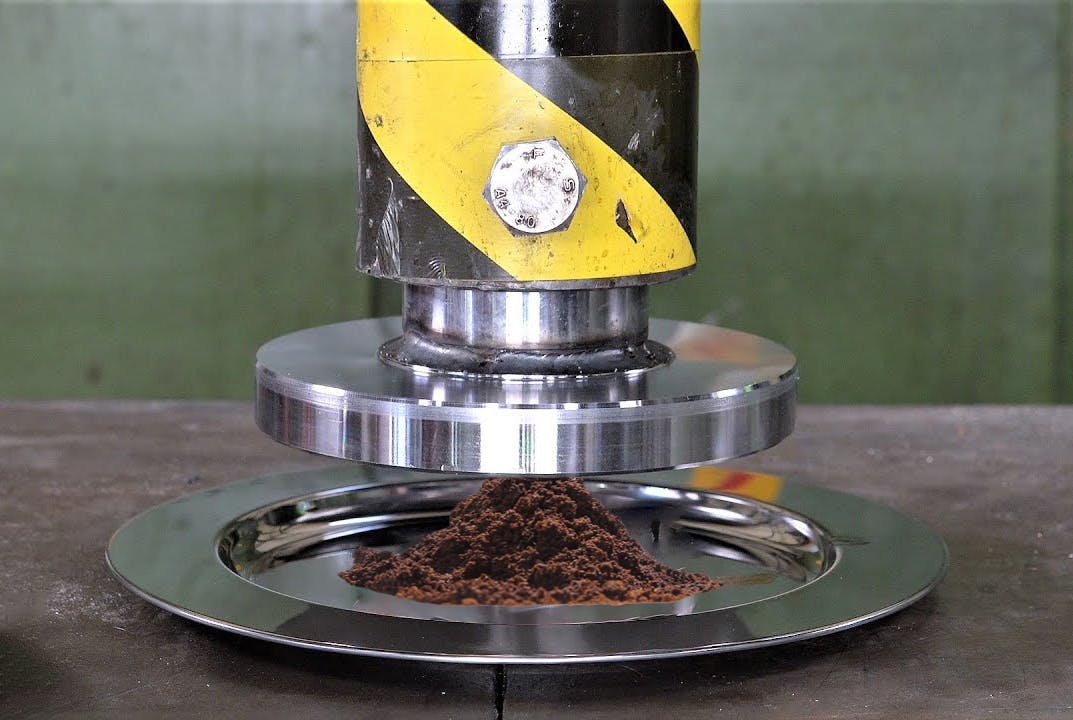Please select your preferred language
Blog
Tamping Pressure
The evolution of coffee craft

In an earlier post I talked about the importance of having a consistent tamping pressure. No one ever argues about this. Instead, most of the conjecture comes from deciding on the correct tamping pressure. Eversys machines give you the option of 20, 40, and 60kg of downward force. We’ll excuse the weight units for now, to keep things simple.
If we were tamping by hand, there are strong incentives to minimise the tamping force, to reduce strain on human bodies. Luckily we have a machine that can do the dirty work so we can subject it to 60kg all day every day without any qualms. Is 60kg optimal? Why not 20kg?
Coffee grinds are jagged, amorphous, terribly incompressible little terrors. The realm of tamping pressures we’re talking about doesn’t even come close to the forces required to completely overcome the immense friction between grinds in a packed bed. If there is a slight unevenness to the distribution of those grinds then tamping won’t overcome it, but it may help.
So, there is an argument for 60kg compressing the grinds slightly more than other settings, which can act as a pseudo-distribution method. The higher force overcomes some of the friction between grinds, forcing them into a slightly more even density across the brewing chamber. Of course this is a win for both flavour and efficiency of extraction so it definitely has my vote.
There is however one scenario in which I like to play with tamping pressure on Eversys machines which I’ll cover next time…
To the boundaries of coffee,